Arthur's Seat, Edinburgh, Scotland
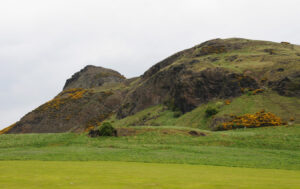
Overlooking the great city of Edinburgh, Scotland is a collection of natural hills formed by an ancient volcano. These hills comprise much of what is now Holyrood Park. The highest peak of these small, rocky crags and hills is known today as Arthur’s Seat. Its name derives from a connection with the legendary King Arthur. The peak rises about 800 feet above sea level and offers views that extend for miles, including Edinburgh and the North Sea.
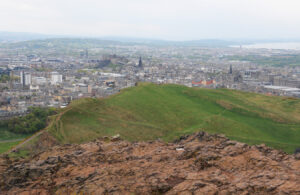
While presiding over the missionary work in Scotland, Elder Orson Pratt first arrived in Edinburgh in May 1840. By this time, Elders Alexander Wright and Samuel Mulliner had baptized some 80 people. Elder Pratt ascended Arthur’s Seat multiple times. From there “he contemplated the magnificent scene before him and ‘lifted my desires to heaven in behalf of the people of the city.'” From there he formally dedicated the land of Scotland for the preaching of the gospel and prayed to the Lord that he might find 200 souls who would accept his message while he was laboring in Scotland. He was blessed to see that goal realized before leaving the country. It only came after he and the other missionaries “had laboured long and hard in the cause–sometimes addressing seven meetings on a Sunday.” Because of Elder Pratt’s service, local Latter-day Saints have sometimes referred to Arthur’s Seat as Pratt’s Hill.
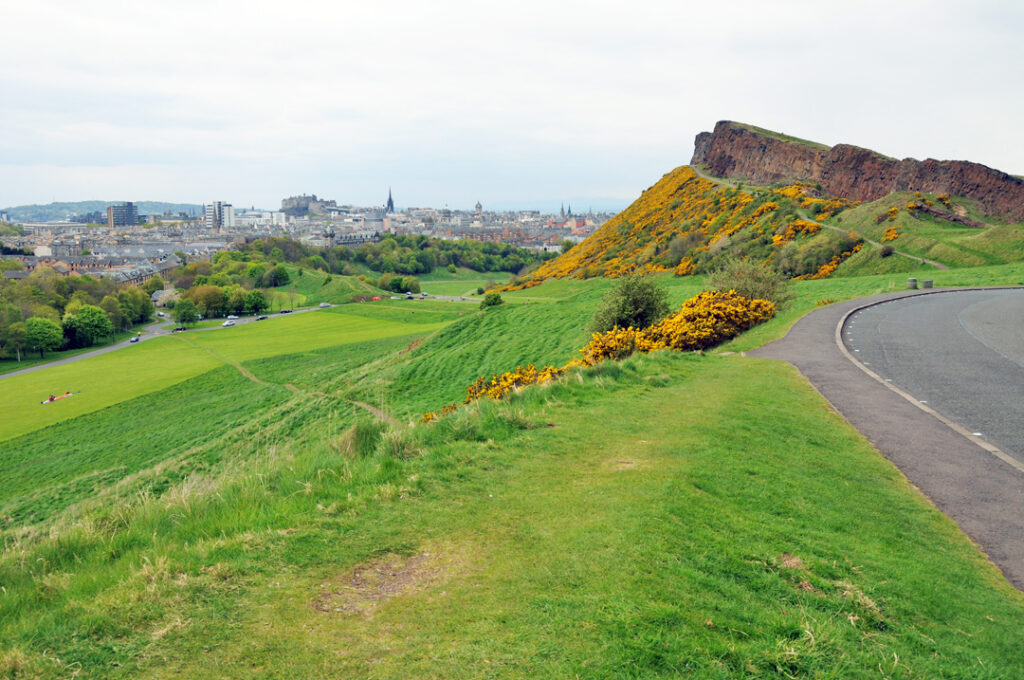
Map and Directions
Ownership Status
Arthur’s Seat is found within Holyrood Park, Edinburgh. It is open to the public to view or ascend whenever the park is open. There is no charge to climb the hill. This can be done on foot or by bicycle. Motor vehicles are not allowed on the hill.
Photos
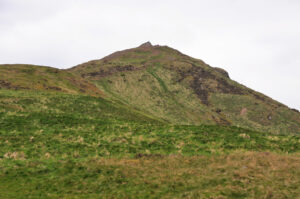

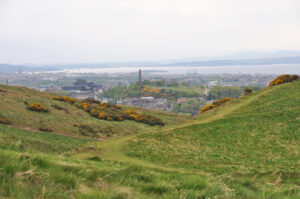
Articles & Resources
Resources
James B. Allen, Ronald K. Esplin, and David J. Whittaker, Men With a Mission, 1837-1841: The Quorum of the Twelve Apostles in the British Isles, 164, 298.
Frederick S. Buchanan, in V. Ben Bloxham, James R. Moss, and Larry C. Porter, eds., Truth Will Prevail, 270.
Kenneth Mays, “Historical Sites in the United Kingdom,” Pioneer, 2010 – Vol. 57, No. 3, 33-34.
